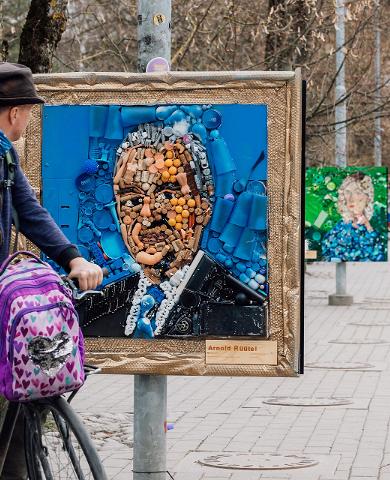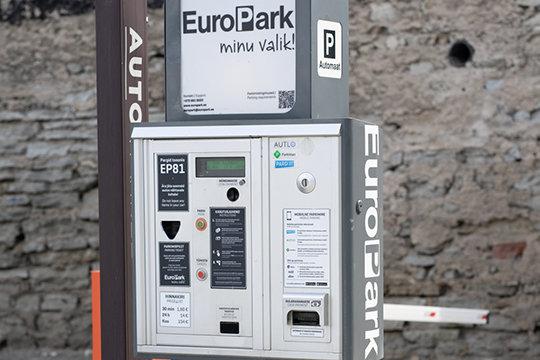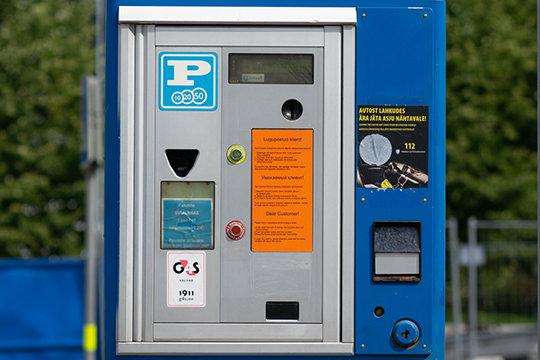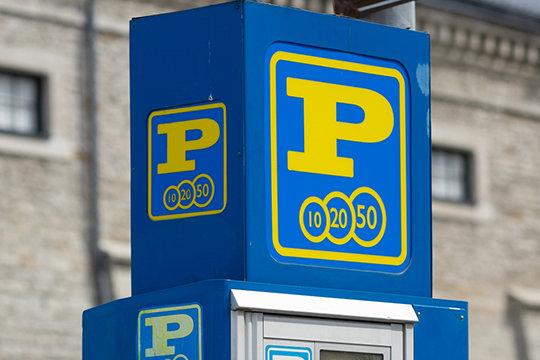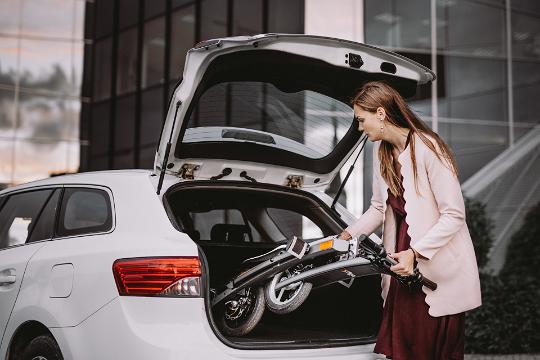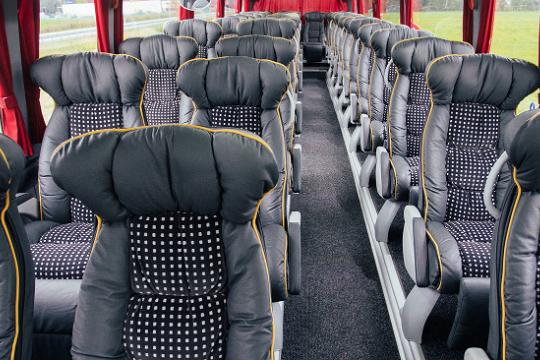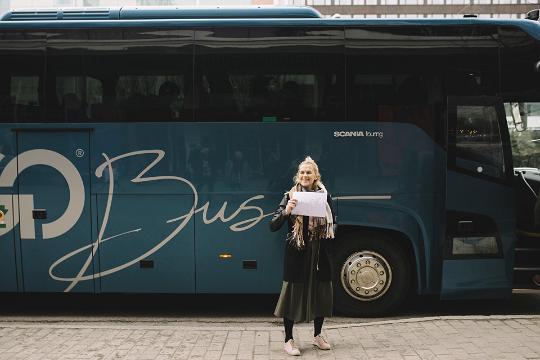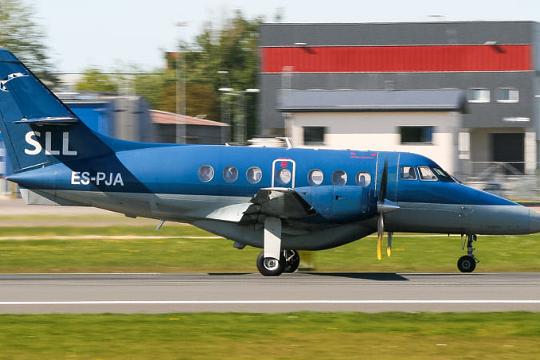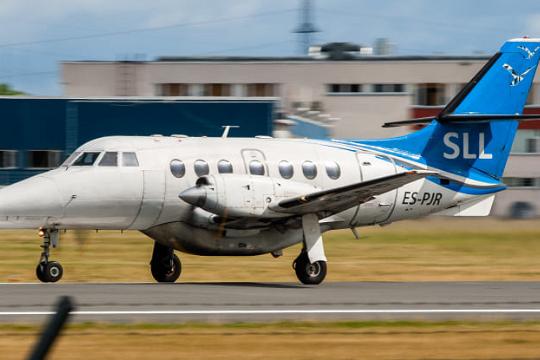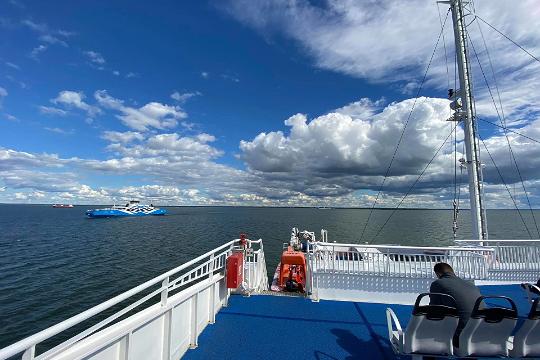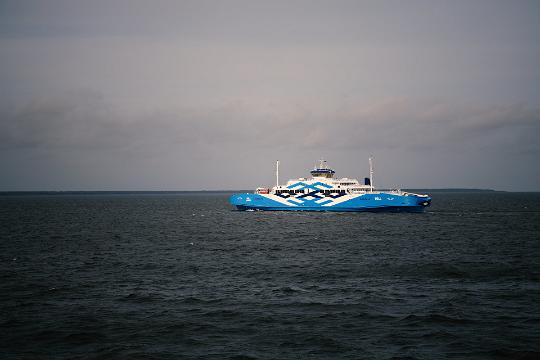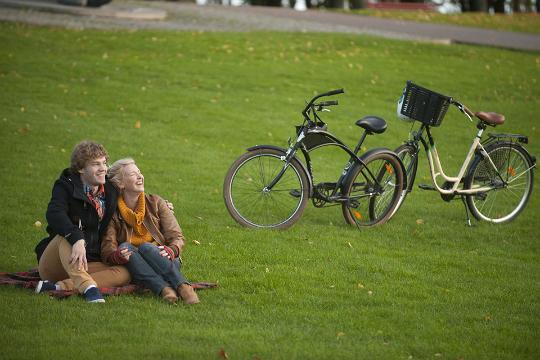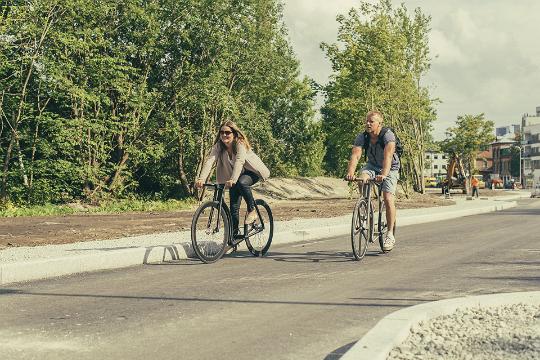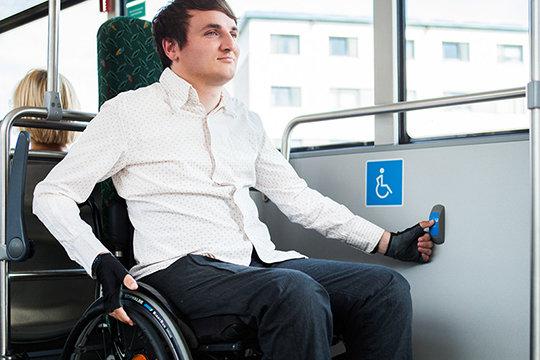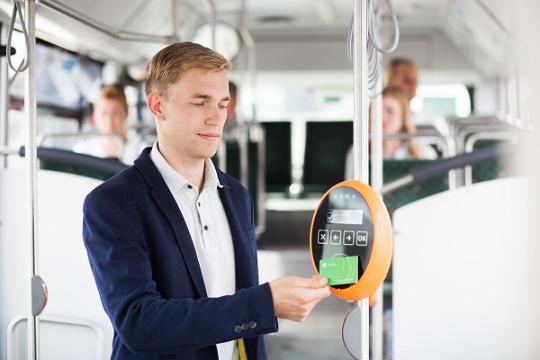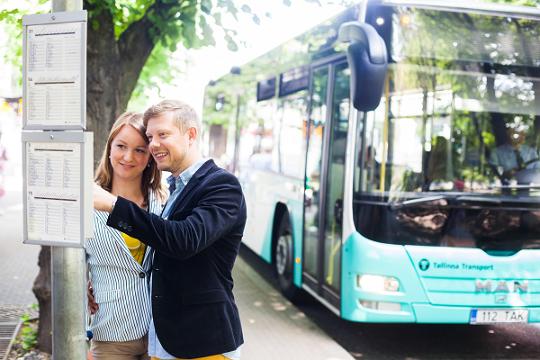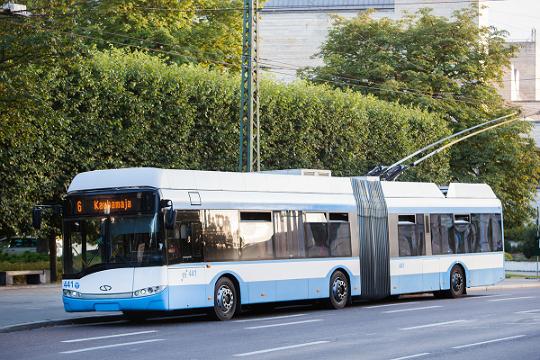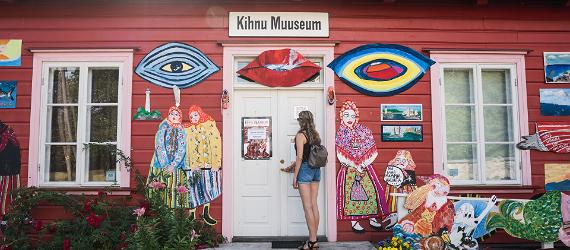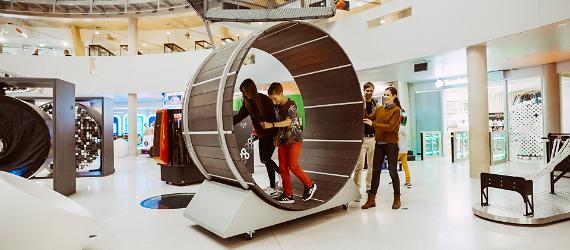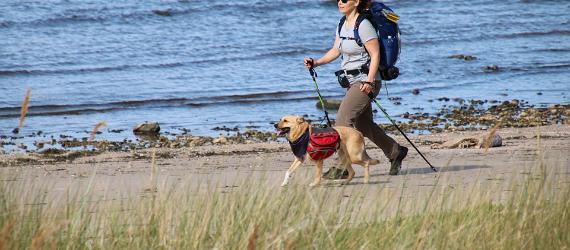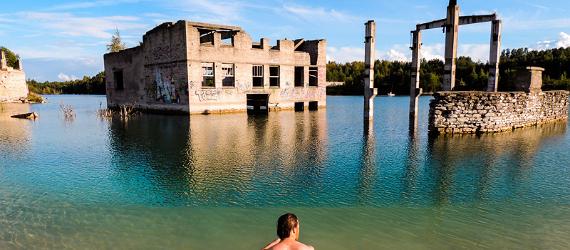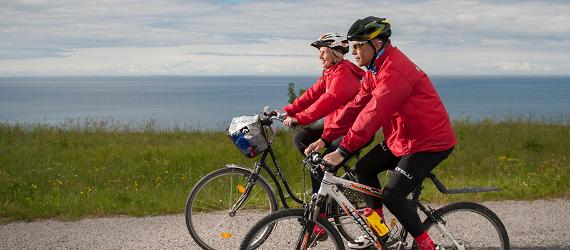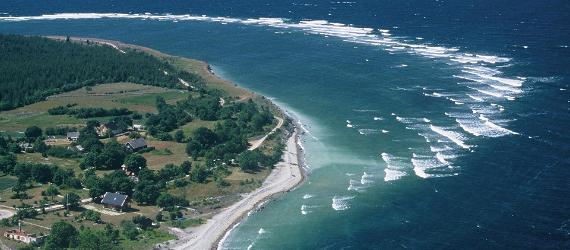Travel around Estonia
Estonia is compact, which makes it easy for tourists and locals alike to get around. The transportation infrastructure is well-developed, so you can travel by car, bus, bike, plane, or train or just simply walk!
By car
Distances between major towns in Estonia don’t usually exceed three hours of driving.
Estonia has right-hand traffic and an extensive road system. The speed limit in the countryside is 90 km/h and 50 km/h in urban areas unless specified otherwise. In the summer season, some highways allow a maximum speed of 110 km/h. Passengers are required to wear seat belts, and lights must be switched on at all times. Estonia has zero tolerance for driving under the influence.
Estonia recognises driving licenses from countries around the world.
Foreign vehicles must have third-party liability insurance in Estonia. Vehicles registered in an EEA country can only be insured in that specific country of registration. Vehicles registered in the following countries must be covered by a Green Card as proof of insurance: Albania, Andorra, Azerbaijan, Bosnia and Herzegovina, Israel, Iran, Macedonia, Morocco, Moldova, Montenegro, Serbia, Tunisia, Turkey, Ukraine, Belarus, and Russia.
As an alternative to the Green Card, you can purchase cross-border insurance. Those vehicles not registered in EEA or the countries listed above must be covered with valid cross-border insurance upon arrival to Estonia.
By bus
LuxExpress is the most common cross-country travel transport company and offers multiple connections across the country.
You can buy tickets directly from www.tpilet.ee and bus stations. You can also buy tickets here for a travel card (Ühiskaart).
By train
Balti Jaam train station is the central train station in Tallinn. From here, you can take a train to Tartu, Viljandi, Narva, Rakvere and numerous smaller towns in between. A ticket can be bought at the station or on the train with a card or cash from the ticket collector.
Most trains have Wi-Fi and charging points. Some offer the option of debit/credit card payment, but it is wise to carry at least €20 cash just in case. The C-wagon is in the middle of each train, where you can easily enter the coach with a wheelchair, bicycle, or baby stroller.
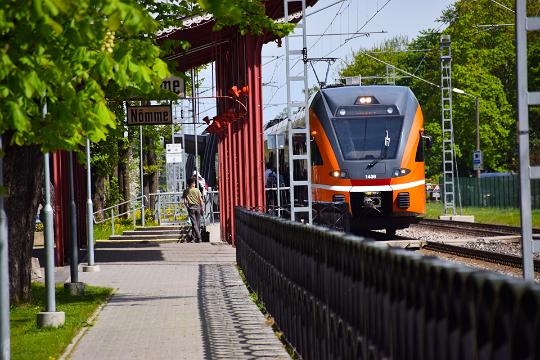
Train stop in Nõmme
Photo: Tallinn City Tourist Office & Convention Bureau
By plane
By ferry
For those travelling by car, taking a ferry is the most convenient way to tour local islands. Regular ferries operate between the mainland and most of the larger islands, including Saaremaa, Hiiumaa, Vormsi, Kihnu, Ruhnu, and Aegna. Passenger ferries operate between Tallinn and the smaller Prangli and Naissaare islands.
Several tour operators offer custom trips to smaller islands. Purchasing an e-ticket ahead of time allows you to change the travel time. All the information about ferry schedules is available via veeteed.com, tuuleliinid.ee, praamid.ee, and liinilaevad.ee.
You can also do island hopping while visiting Tallinn (more information about ferry traffic in Tallinn).
By bicycle
During the summer season, Estonia tends to be a popular cross-country cycling destination. The Eurovelo route that passes through Estonia starts at the Latvian border, runs along the coast, through the islands, passes Tallinn, and heads to the Russian border via the northern coast. Additionally, there are local and regional bike routes.
Travelling through Estonia on a bike is a whole new experience; meadows and forests alternate with villages, and it is common to stop at the nearest farm to ask for a glass of cold water. A number of tourism companies around the country offer bicycle tours and rentals.
From April to October, you must buy a bicycle ticket for the train. There are a limited number of bicycle spaces on every train, so arrive at the station early or purchase your ticket ahead of time online. The ticket costs half the price of the passenger's fare.
In general, long-haul buses are required by law to take up to two bicycles if they have space in their luggage compartment. However, Lux Express offers a free bicycle ticket; up to five bicycles can be booked for each trip (have to be booked in advance during the last step of online ticket sales). Please arrive 10 minutes before the departure, so the bicycle can be secured by the bus driver.
If you are just looking to tour Tallinn, then look for Citybike rental spots in the city center. Tartu, on the other hand, has a fully established city e-bike system.
By caravan
A caravan or camper van is a great option if you decide to get closer to nature. Of course, the best time for a caravan trip to Estonia is in the summer, when most of the camping sites are open.
Camping sites are especially common in Western and Northern Estonia and on the country’s biggest island, Saaremaa. Remember that your car headlights need to be kept on all day at all times. When towing your caravan, you will need to keep its backlights on.
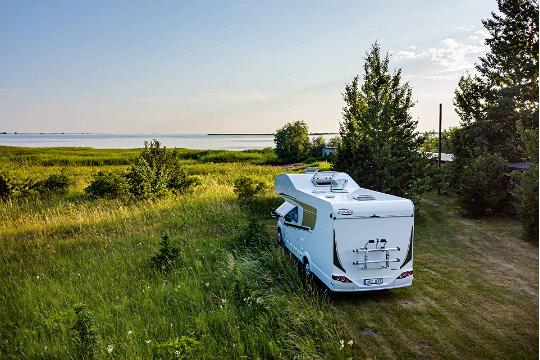
Travelling by caravan van
Photo: Merelaiu, Visit Estonia
Urban public transportation
The Public Transport Card (Ühiskaart) is an electronic contactless card.
If you have an Ühiskaart, you can:
- identify your transportation rights for public vehicles
- use as travel fare, valid with an identity document
- load e-tickets to the card
- buy tickets by loading money on the card
- use Park-and-Ride parking
You can purchase a Ühiskaart from sales points for 2€. In Tallinn, you can also use all Mastercard, Maestro, Visa, and Visa Electron bank cards with contactless interfaces in public transport.
Travel cards are interchangeable throughout Estonia and on intercity lines regardless of the place of purchase (except for Tartu travel cards, which cannot be used in Kohtla-Järve).
A pilot project for demand-based transport services began in Estonia on 19 July 2021. The project aims to understand people's actual transport needs and eventually combine conventional and demand-driven public transport, ultimately giving people a more convenient and efficient service.
Today, almost all rural public transport is based on regular routes with fixed routes and timetables. Of course, in sparsely populated areas, these fixed routes don't reach all residents, and they may not always meet people's actual needs. This is why demand-based transport is being brought to Saaremaa. This will be further developed based on the feedback from local residents and the service provider. The goal is to test out the implementation of demand-driven public transport to gain insight into how and to which target group would benefit the most from this kind of service.
By taxi
There are several shared driving services in Estonia. Bolt and Uber are currently the most popular taxi apps, where you can easily order taxis and verified private drivers. You have the legal right to ask for a receipt when using taxi services at all times. Taxi rates vary by company. The yellow sticker in the right rear window of each vehicle will give you an overview of prices, including price per kilometer.






